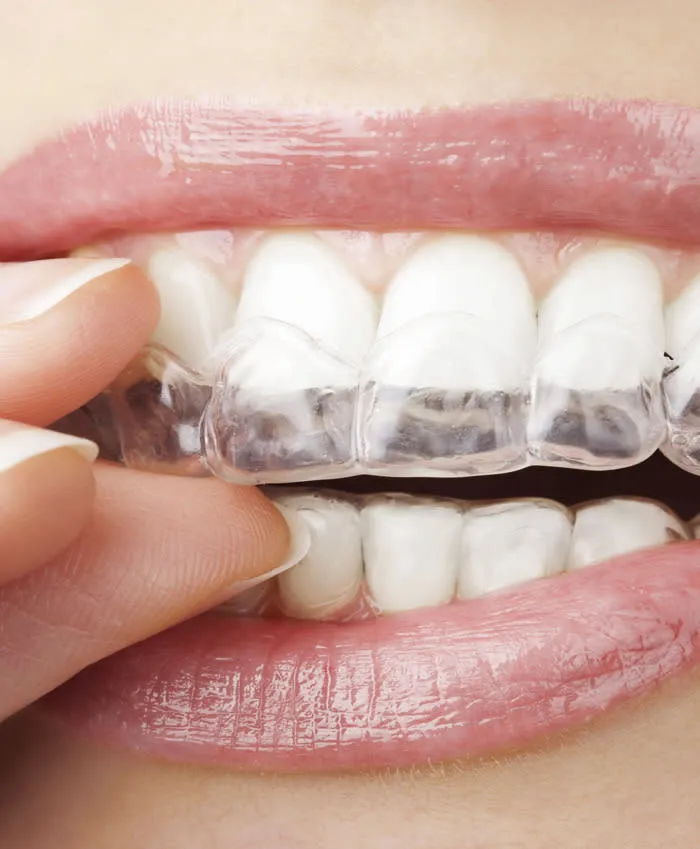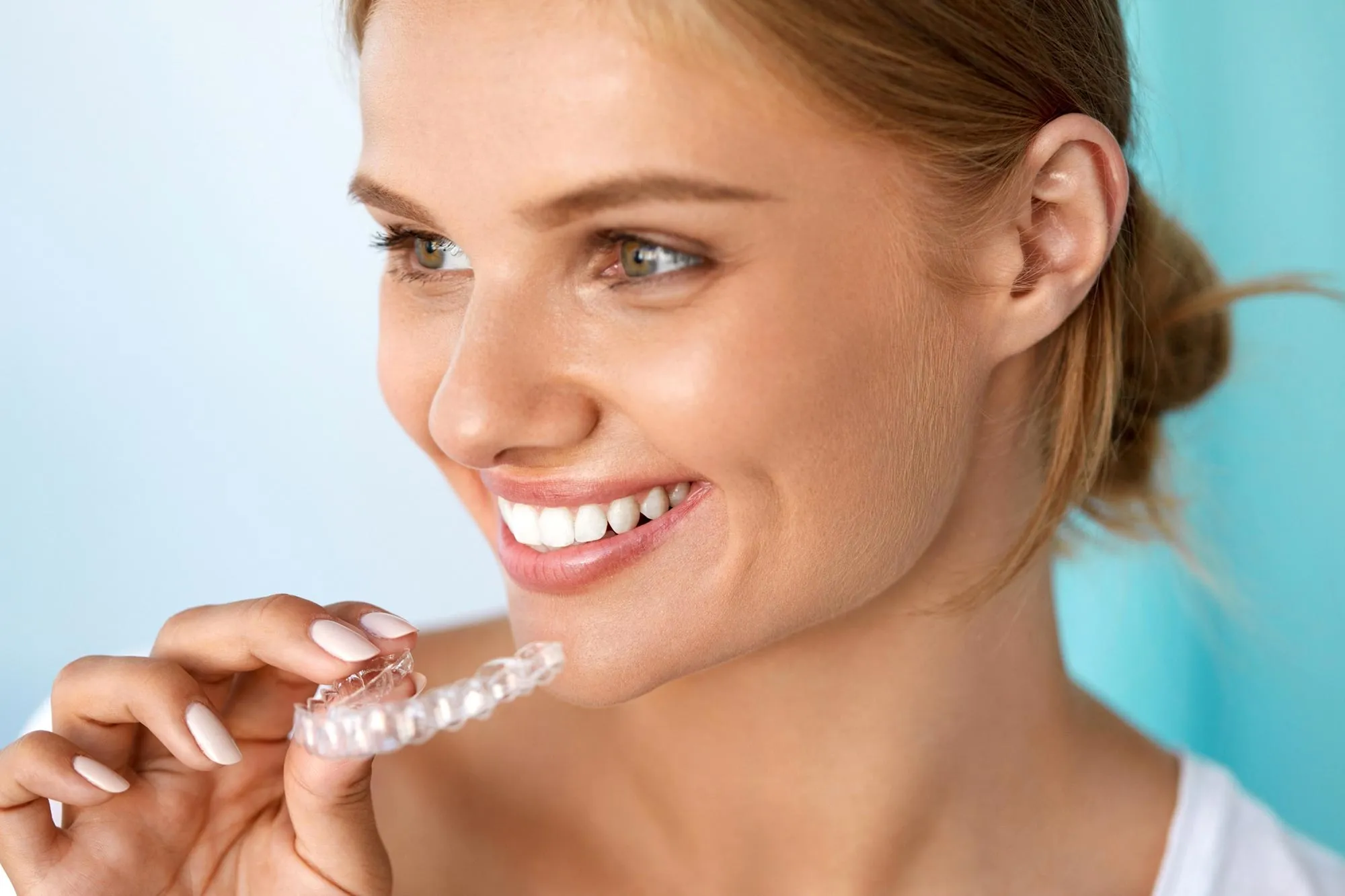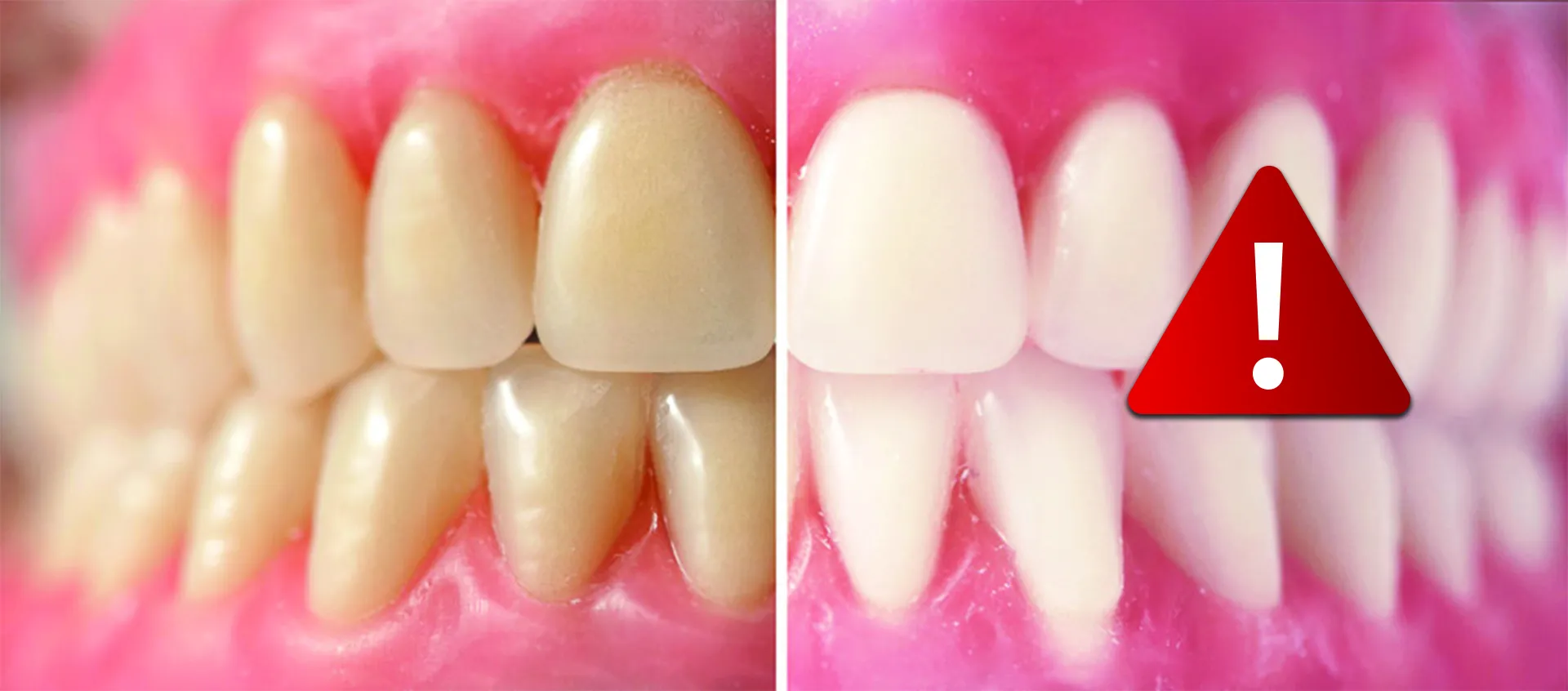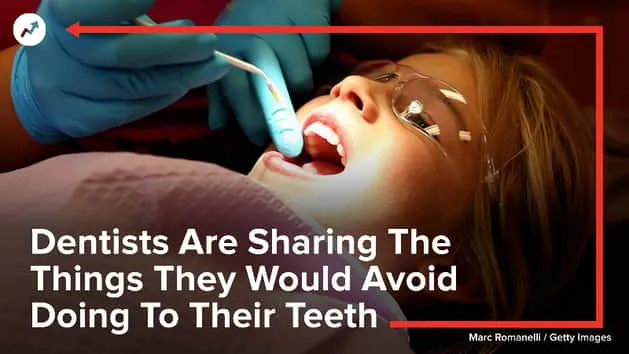Teeth Whitening Dangers Top 5 Facts
Teeth whitening has become a popular cosmetic procedure, promising brighter smiles and increased confidence. However, behind the gleaming results lie potential risks that consumers should be aware of. This article delves into the top 5 dangers associated with teeth whitening products and procedures, providing a comprehensive understanding of the potential adverse effects. It is crucial to weigh the benefits against the risks and make informed decisions regarding your oral health. Understanding these dangers can help you make informed decisions to ensure a safe and healthy teeth whitening experience. From tooth sensitivity to potential burns, the following facts will help you navigate the landscape of teeth whitening.
Tooth Sensitivity Risks
One of the most common side effects of teeth whitening is tooth sensitivity. This discomfort often manifests as a sharp, shooting pain when consuming hot or cold foods and beverages. The whitening agents, typically hydrogen peroxide or carbamide peroxide, penetrate the enamel, causing irritation to the tooth’s nerve. The intensity of the sensitivity varies depending on the concentration of the whitening agent, the duration of its use, and the individual’s tooth and gum health. While temporary, this sensitivity can be quite bothersome, and in some cases, it can persist for days or even weeks after the whitening treatment. Therefore, it’s essential to consider this potential drawback before undergoing teeth whitening and to discuss it with a dental professional. Sensitive toothpaste and fluoride treatments can often help alleviate this issue.
How Whitening Affects Enamel

The enamel, the outermost protective layer of the tooth, is susceptible to the effects of teeth whitening agents. Repeated exposure to these chemicals can weaken the enamel, making it more vulnerable to erosion and decay. The whitening agents work by breaking down the stains on the enamel, which can lead to the loss of minerals and changes in the tooth’s surface structure. Over time, this can lead to increased tooth sensitivity and an increased risk of cavities. While the damage may be minimal in some cases, excessive or improper use of whitening products can accelerate this process. Understanding how teeth whitening impacts enamel is crucial for making informed decisions about frequency and methods of whitening to minimize potential harm and maintain the overall health and integrity of the teeth. Using products with lower concentrations and following professional advice can help mitigate these risks.
Gum Irritation and Damage
Another common risk associated with teeth whitening is gum irritation and damage. The bleaching agents used in whitening products can come into contact with the gums, leading to inflammation, redness, and even blistering. This occurs because the soft tissues of the gums are more sensitive than the enamel. The higher the concentration of the whitening agent, the greater the risk of gum irritation. Improperly fitted whitening trays or the application of whitening products directly onto the gums can exacerbate this issue. Prolonged exposure to these chemicals can cause chemical burns, resulting in significant discomfort and potential complications. Proper application techniques and the use of products designed to minimize gum contact are essential to mitigate these risks, and if irritation occurs, seeking professional dental advice is important.
Causes of Gum Problems
Several factors can contribute to gum problems during teeth whitening. Overuse of whitening products is a significant cause, as frequent exposure to the chemicals increases the likelihood of irritation. Poorly fitted whitening trays can also lead to gum contact and subsequent damage. The concentration of the whitening agent plays a crucial role, with higher concentrations posing a greater risk. In addition, pre-existing gum conditions or sensitivity can make individuals more susceptible to complications. Furthermore, the improper application of whitening strips or gels can lead to direct contact with the gums, causing irritation. To prevent these problems, it is essential to follow product instructions carefully, use properly fitted trays, and consult with a dentist to determine the appropriate whitening method for your specific needs and oral health status.
Potential for Chemical Burns

In severe cases, teeth whitening can lead to chemical burns, especially if the whitening agent comes into prolonged contact with the gums or soft tissues of the mouth. These burns can manifest as painful blisters, ulcers, and inflammation, causing significant discomfort and potential secondary infections. The extent of the burn depends on the concentration of the whitening agent and the duration of exposure. Over-the-counter products with high concentrations and unsupervised professional treatments can increase the risk of chemical burns. The improper use of whitening strips, gels, or trays can also contribute to this issue. Seeking immediate professional dental care is essential if chemical burns occur to prevent further complications and promote healing. Patients should be aware of the risks and use the whitening products as directed by their dentist or the product manufacturer.
Understanding the Chemical Risks
The chemical agents used in teeth whitening, primarily hydrogen peroxide and carbamide peroxide, are strong oxidizing agents that can pose risks if not used correctly. These chemicals can irritate the gums and other soft tissues, leading to chemical burns. Furthermore, swallowing excessive amounts of these chemicals can cause stomach upset, nausea, and other systemic effects. The concentration of the whitening agent plays a critical role in the severity of the risks. Higher concentrations are more likely to cause adverse effects. It is important to understand that these chemicals are not inherently dangerous, but improper use and exposure can cause harm. Carefully following instructions, using appropriate application techniques, and consulting with a dentist can minimize these risks and ensure a safer teeth whitening experience. Always keep whitening products out of reach of children.
Uneven Whitening and Results
Teeth whitening does not always produce uniform results. Factors such as the initial shade of the teeth, the presence of existing dental work (fillings, crowns, etc.), and the type of stains can affect the outcome. Some areas of the teeth may whiten more than others, leading to an uneven appearance. This is because whitening agents cannot penetrate artificial dental materials like fillings, crowns, or veneers, resulting in a noticeable color difference. Individuals with specific types of stains, such as those caused by tetracycline antibiotics, may find it difficult to achieve consistent results. Moreover, inconsistent application of the whitening agent can contribute to unevenness. Consulting with a dentist before undergoing teeth whitening can help determine if it is the right option for you and what results to expect. The dentist can also provide recommendations for achieving the most even and satisfactory outcome, which may include professional whitening or alternative cosmetic treatments.
Factors Causing Uneven Results

Several factors contribute to uneven teeth whitening results. The natural variation in tooth enamel porosity can affect how evenly the whitening agent penetrates. The presence of pre-existing dental work, such as fillings, crowns, and veneers, which do not respond to the whitening agent, creates visible color discrepancies. The type and severity of stains also play a role, with some stains being more resistant to whitening than others. The inconsistent application of whitening products, whether at home or in a professional setting, can lead to variations in results. Additionally, certain lifestyle habits, such as smoking or consuming staining foods and drinks, can further contribute to unevenness. Understanding these factors and consulting with a dentist can help individuals manage expectations and choose the most appropriate whitening approach to achieve the desired results and ensure that teeth whitening meets their personal aesthetic goals.
Allergic Reactions and Side Effects
Although rare, allergic reactions and other side effects can occur with teeth whitening. Some individuals may experience allergic reactions to the whitening agents or other ingredients in the products, leading to symptoms such as swelling, itching, and hives. Other side effects may include nausea, throat irritation, and headaches. Individuals with known allergies or sensitivities should carefully review the product ingredients and consult a dentist before use. If any adverse reactions occur, it is essential to discontinue use immediately and seek medical attention. While most teeth whitening products are generally safe, the potential for allergic reactions and other side effects highlights the importance of caution and awareness. The potential for these issues emphasizes the need for users to be aware of their personal sensitivities and to consult with a dentist if any concerns arise.
Identifying Allergic Reactions
Identifying allergic reactions to teeth whitening products is crucial for immediate intervention and preventing more serious complications. Common signs of an allergic reaction include skin rashes, hives, itching, swelling of the lips, tongue, or throat, and difficulty breathing. Other symptoms may include nausea, vomiting, and dizziness. If any of these symptoms appear after using a teeth whitening product, it is essential to stop using the product immediately. Mild reactions may resolve on their own or with over-the-counter antihistamines. However, severe reactions, such as difficulty breathing or swelling of the throat, require immediate medical attention. It is always recommended to consult a dentist or medical professional if you suspect an allergic reaction to teeth whitening products to ensure prompt diagnosis and treatment and safeguard your overall health.
In conclusion, while teeth whitening offers the allure of a brighter smile, it is essential to be aware of the potential dangers. From tooth sensitivity and gum irritation to chemical burns and uneven results, the risks associated with whitening products underscore the importance of informed decision-making. By understanding these potential drawbacks, individuals can take proactive steps to minimize risks, consult with dental professionals, and make choices that prioritize their oral health. Responsible teeth whitening involves careful consideration of product ingredients, proper application techniques, and regular dental check-ups. Ultimately, a healthy and beautiful smile is achievable with a mindful approach to cosmetic procedures.
